The New Age of Online Safety
In today’s digital landscape, social media and user-generated content (UGC) are everywhere, making it crucial to keep online spaces safe and respectful. As we dive into 2024, brands face a significant challenge: managing the overwhelming amount of content being shared every second. To tackle this, many are turning to AI-powered content moderation—tools designed to filter out harmful or inappropriate posts.
But here’s the big question: Can AI truly understand the nuances of human communication? And how can brands ensure they don’t compromise their ethical values while using these automated systems? In this blog, we’ll explore how AI is reshaping content moderation and what brands can do to stay ethically grounded.
The Growing Need for AI Content Moderation
The sheer volume of content flooding social media platforms is staggering. Every day, millions of posts, comments, and images are shared, and keeping up is a monumental task. Inappropriate content—ranging from hate speech to misinformation—can seriously harm a brand’s image and drive users away if not addressed swiftly.
To manage this avalanche of information, many platforms, like Facebook and YouTube, have adopted AI moderation systems. These tools can quickly identify and flag offensive content, allowing brands to focus on maintaining their community standards without relying solely on human moderators.
How AI-Powered Content Moderation Works
At its core, AI content moderation uses advanced technologies to identify and filter harmful content. Natural Language Processing (NLP) allows AI to analyze text, spotting harmful language like hate speech or explicit content. By understanding context, these systems can differentiate between harmful remarks and benign discussions.
For visual content, computer vision technology comes into play. This helps AI recognize explicit or inappropriate images and videos, ensuring multimedia content is also moderated effectively. The magic of machine learning means that these AI models learn from vast amounts of data, continually improving their accuracy over time. The more they “see,” the better they get at spotting issues.
The Ethical Dilemmas of AI Moderation
Despite its benefits, AI moderation isn’t without its challenges. One major concern is bias in algorithms. AI can inherit biases from the data it learns from, leading to unfair treatment of certain groups. For example, cultural expressions from minority communities might be misclassified as offensive simply because the training data was biased.
Moreover, AI still struggles with understanding sarcasm, humor, and cultural references. This can result in innocent posts being flagged or removed, frustrating users who feel misunderstood. Finding the right balance between over-moderation and under-moderation is also tricky. Too much moderation can stifle free speech, while too little can allow harmful content to flourish.
Brands’ Role in Upholding Ethical Standards
AI isn’t a magic solution; brands need to actively ensure their content moderation systems are ethical. One effective strategy is to combine AI with human oversight. Human moderators can review nuanced cases, ensuring that critical decisions are made thoughtfully. This blend of automation and human insight helps prevent unfair treatment.
Additionally, brands should invest in continuously improving their AI models with diverse data. This helps reduce bias and enhances the AI’s ability to understand various cultural nuances. Transparency is another key element—brands must communicate openly about how their moderation systems work to build trust within their communities.
Providing users with the ability to appeal moderation decisions is also crucial. A clear process for contesting decisions ensures accountability and helps maintain a sense of fairness.
Leading Examples of Ethical AI Moderation
Some brands are already leading the charge in responsible AI moderation. Take Twitter, for instance. While it relies heavily on AI to flag harmful content, the platform ensures that human moderators review posts before making final decisions on suspensions or bans. This combination of automation and human judgment creates a more balanced approach.
Similarly, TikTok uses a mix of AI and human moderators to keep explicit or dangerous content in check. The platform actively reviews cases that require a nuanced understanding, demonstrating a commitment to ethical moderation.
What’s Next? Future Trends in AI Moderation
As we look ahead to 2024, there are some exciting trends on the horizon for AI moderation. Emotion AI, for instance, may soon allow algorithms to detect the emotional context behind user-generated content. This could help AI distinguish between heated discussions and genuine abuse.
Furthermore, brands will increasingly adopt AI explainability tools, allowing moderators to understand the reasoning behind AI decisions. This transparency reduces the risk of errors and biased judgments, ensuring a fairer moderation process.
Striking the Right Balance
As brands navigate the complexities of content moderation in 2024, AI-powered systems offer a scalable and effective solution. However, it’s essential to balance automation with ethical considerations to ensure fairness and transparency. By combining AI with human oversight and continuously refining their models, brands can protect their online communities while upholding their ethical integrity.
For businesses prioritizing responsible digital practices, AI content moderation can be a game-changer—but it requires careful handling. Brands that master this balance will not only protect their reputations but also foster trust within their online ecosystems.





